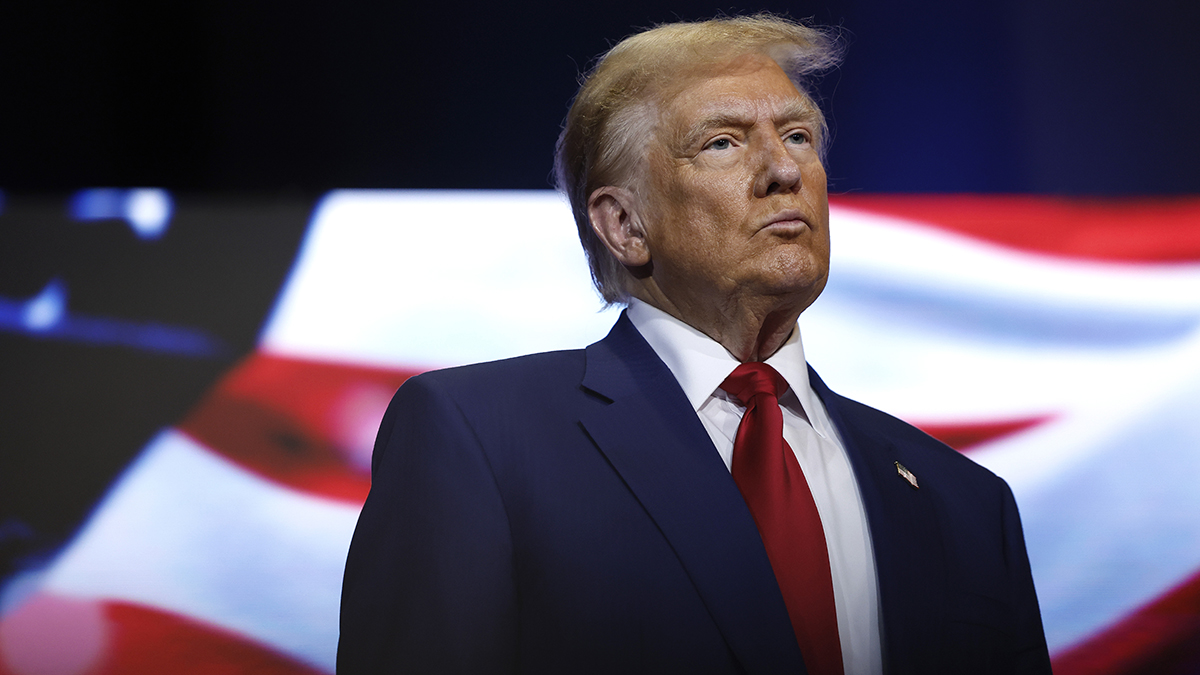Longtime CBS News correspondent Morley Safer has died, CBS News announced.
Safer, who once claimed "there is no such thing as the common man; if there were, there would be no need for journalists," was 84. He died at his home in Manhattan Thursday, according to CBS News.
The news comes days after "60 Minutes," on which Safer was a fixture for over 40 years, said goodbye to the journalist. He was honored Sunday with a tribute to mark the close of a 61-year career. According to the program, has had the longest-ever run on prime-time television.
CBS announced his retirement last week.
During the hourlong tribute, Safer was described as tough, funny, intrepid, curious and courageous, with reporting that ranged from the Cold War to cyberspace, from the Muppets to the Orient Express.
"A masterful storyteller, inspiration to many of us and a wonderful friend," "60 Minutes" producer Jeff Fager tweeted Thursday.
Safer's first report on "60 Minutes" in 1970 was about the training of U.S. Sky Marshals. His 919th and last, a profile of Danish architect Bjarke Ingels, was broadcast in March. At 84 and dealing with health issues, Safer had cut back on work in recent years.
U.S. & World
The day's top national and international news.
The Toronto-born Safer was the first Saigon bureau chief for CBS News. He worked at "60 Minutes" for 46 of its 48 years.
In 1970, Safer joined "60 Minutes," then just two years old and not yet the national institution it would become. He claimed the co-host chair alongside Mike Wallace.
During the next four decades, his rich tobacco-and-whiskey voice delivered stories that ranged from art, music and popular culture, to "gotcha" investigations, to one of his favorite pieces, which, in 1983, resulted in the release from prison of Lenell Geter, an engineer wrongly convicted of a $50 holdup at a fast food restaurant who had been sentenced to a life term.
A memorable 1984 profile of Jackie Gleason took place in a bar around a pool table, where "the Great One" showed Safer and his viewers how it's done.
A pair of essays in the 1990s — "Yes, But Is It Art?" — examined the relative merits of representational and abstract art.
A 1991 story close to Safer's heart reported a not-yet-popular view among some medical experts that regular consumption of red wine can be good for one's health. As with many "60 Minutes" stories, this piece had an immediate impact: Dropping by his neighborhood liquor store the day after it aired, Safer learned there had been a rush on red wine.
And in 2011, he scored a coup: a sit-down with Ruth Madoff, offering her first public description of the day she learned from her husband, Bernard, that he was running the biggest Ponzi scheme in history.
Safer won a Robert F. Kennedy Journalism Award for his 2001 story on a school in Arizona specifically geared to serve children who are homeless.
Other honors include three George Foster Peabody awards, 12 Emmys and two George Polk Memorial Awards.
Despite being born in in Toronto, Safer nonetheless insisted he was "stateless" and, as a reporter chasing stories around the globe, claimed, "I have no vested interests." He eventually became an American citizen, holding dual citizenship.
He began his career at several news organizations in Canada and England before being hired by Reuters wire service in its London bureau. Then, in 1955, he was offered a correspondent's job in the Canadian Broadcasting Company's London bureau, where he worked nine years before CBS News hired him for its London bureau.
In 1965 he opened CBS' Saigon bureau. That August, "The CBS Evening News with Walter Cronkite" aired a report by Safer that rocked viewers, who, at that point, remained mostly supportive of the war effort in Vietnam. Safer had been invited to join a group of Marines on what a lieutenant described as a search-and-destroy mission in the tiny villages that made up Cam Ne.
But what he encountered there, and captured on film, was the spectacle of American soldiers employing their Zippo lighters to burn the thatched-roof, mud-plastered huts to the ground, despite having encountered no resistance from village residents.
Safer's expose ignited a firestorm.
President Johnson gave CBS President Frank Stanton a tongue-lashing and suggested that Safer had "Communist ties" and had staged the entire story. Safer feared for his safety in the company of angry U.S. soldiers.
"The Cam Ne story was broadcast over and over again in the United States and overseas. It was seized upon by Hanoi as a propaganda tool and by scoundrels of the left and right, in the Pentagon and on campuses," Safer wrote in his 1990 memoir, "Flashbacks: On Returning to Vietnam."
In 1971, Safer won an Emmy for his "60 Minutes" investigation of the Gulf of Tonkin incident that began America's war in Vietnam.
He became a fixture at "60 Minutes" — and part of that show's rough-and-tumble behind-the-scenes culture. (A former producer for Safer kept on display a framed remnant of the curtain that was the landing place for a cup of coffee Safer once threw at him.)
By 2006 Safer had reduced his output. But he remained with the show after the departures of Wallace — who retired in 2006 at age 88, and died in 2012 — as well as legendary "60 Minutes" creator-producer, Don Hewitt — who stepped down in 2004 at 81, and died in 2009.
And as late as 2012, he still held forth daily in the office on West 57th Street where he banged out "60 Minutes."
He is survived by his wife, the former Jane Fearer, and his daughter Sarah.



